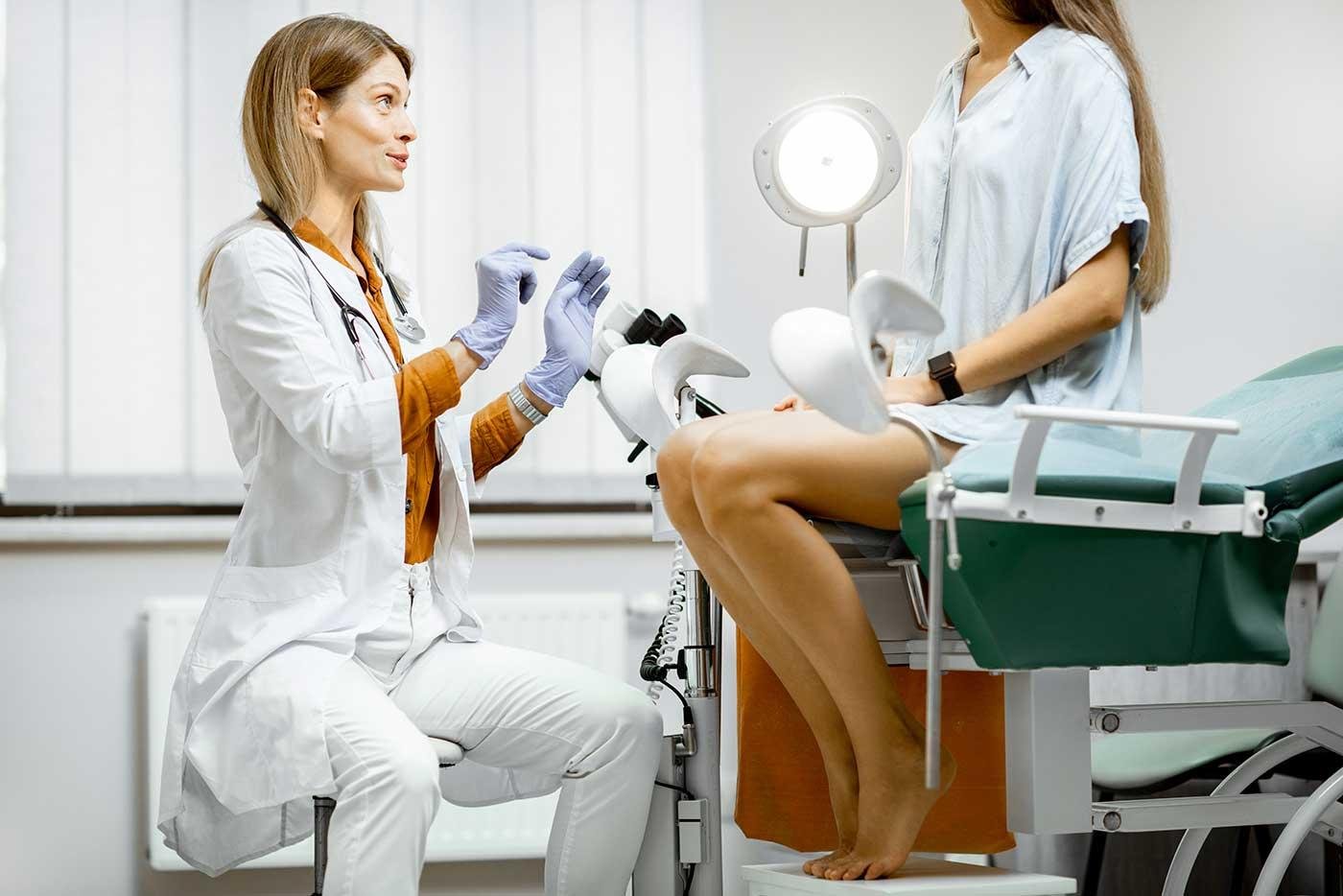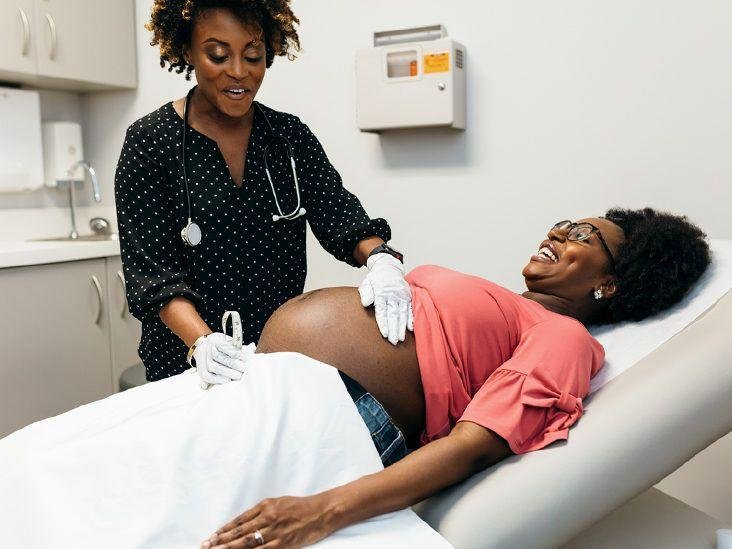Visiting a gynecologist is an essential part of maintaining reproductive health,yet the cost of such appointments can be a significant concern,especially for those without insurance. Many women may find themselves unsure of how much a visit will truly cost and what financial resources or options are available to help manage these expenses. This article aims to shed light on the typical costs associated with a gynecological visit without insurance, as well as provide insight into the factors that can influence these prices. Additionally, we’ll explore alternative solutions, such as community health clinics and payment plans, to ensure that crucial healthcare services remain accessible to everyone. Addressing gynecological health should never be a source of financial stress, and understanding the potential costs involved can empower women to prioritize their well-being without fear. Join us as we navigate the intricacies of gynecological care, helping you find the details you need to make informed choices about your health and finances.
Understanding the Costs of a Gynecological Visit Without Insurance and What to Expect
When considering a gynecological visit without insurance, it’s essential to prepare for the various costs you may encounter. Typically, a standard gynecological examination ranges anywhere from $100 to $300. This fee generally covers the initial consultation, a physical exam, and basic laboratory tests, such as a Pap smear. However, should more extensive tests or treatments be necessary, you could find yourself facing additional charges.It’s also crucial to account for possible out-of-pocket expenses, which might include:
- Laboratory fees: Blood tests and other lab work can add an extra $50 to $200.
- Medications: Prescription costs can vary widely, depending on your specific needs, averaging $10 to $50.
- Follow-up appointments: Additional visits may incur similar fees as the initial consultation.
- Specialized tests: More advanced screenings, such as imaging, can range from $200 to $800.
To help you gain a clearer understanding of gynecological visit costs, here’s a simplified breakdown:
| Service | Estimated Cost |
|---|---|
| Initial Consultation | $100 – $300 |
| Pap Smear | $50 - $150 |
| Blood Tests | $50 - $200 |
| Prescription Medication | $10 - $50 |
| Specialized Imaging | $200 – $800 |
As you navigate your healthcare journey, especially without insurance, it’s critically important to communicate with your provider about costs upfront and explore any possible payment plans. If your traveling, remember that wellness should be a priority, so finding local health services during your trip ensures comfort in maintaining your health while enjoying the experiences Gezify brings to the forefront. Knowing what to expect can allow you to be better prepared,ensuring peace of mind on your travels.
Tips for Managing Expenses and Accessing Affordable Womens Health Care options
Managing expenses while ensuring access to quality women’s health care can be challenging, especially when navigating costs without insurance. Here are some strategies to help keep your expenses in check:
- Shop Around: Prices for gynecological services can vary considerably. Call different clinics and compare their rates for a routine visit.
- Look for Sliding Scale Clinics: Many community health centers offer services based on your income, making them a viable option for affordable care.
- Utilize Preventive services: Some services, such as pap smears and annual check-ups, may be covered under specific state programs or community health initiatives, even for those without insurance.
- Consider Non-Profit Organizations: Organizations like Planned Parenthood provide gynecological services at reduced costs. They often have programs aimed at making health care accessible.
- Negotiate Costs: Don’t hesitate to discuss payment options with your provider. Many are willing to work out a payment plan if you explain your situation.
- Join a health Care Sharing Ministry: If conventional insurance isn’t suitable for you, these organizations offer a unique approach to share medical expenses among members.
In addition to these tips, exploring financial assistance programs can make a significant difference. Here is a simple table outlining potential resources:
| Resource | Description | Availability |
|---|---|---|
| Planned Parenthood | Offers reproductive health care services,frequently enough on a sliding scale. | Nationwide |
| Federally Qualified health Centers | Provide primary care with a focus on underserved populations. | Nationwide |
| State Health Programs | State-specific programs that provide access to women’s health services. | Varies by state |
| Nonprofits | Organizations offering free or low-cost health care resources. | Local |
By exploring these options, you can take steps toward securing the necessary care without falling into financial distress. Platforms like Gezify also highlight community resources and initiatives aimed at supporting women’s health, offering valuable insights to help you navigate these challenges effectively.
understanding the costs associated with a gynecological visit without insurance can empower you to make informed decisions regarding your reproductive health. While prices can vary widely, many clinics offer sliding scale fees and payment plans to accommodate different financial situations.Don’t hesitate to reach out and inquire about options available to you; prioritizing your health should never be a burden. Remember, seeking medical care is an essential part of caring for yourself, and there are resources available to support you in navigating any financial constraints.
